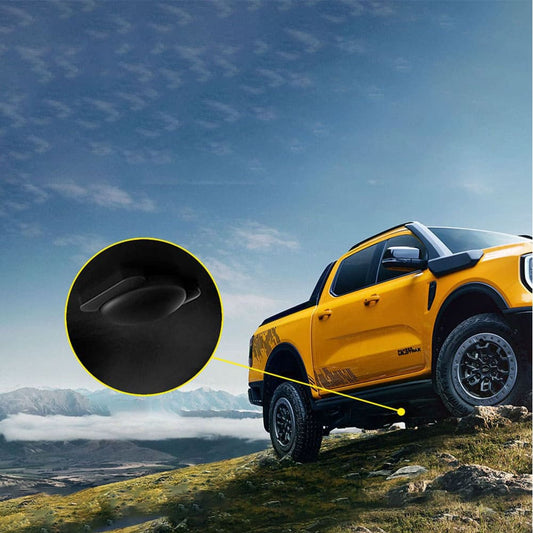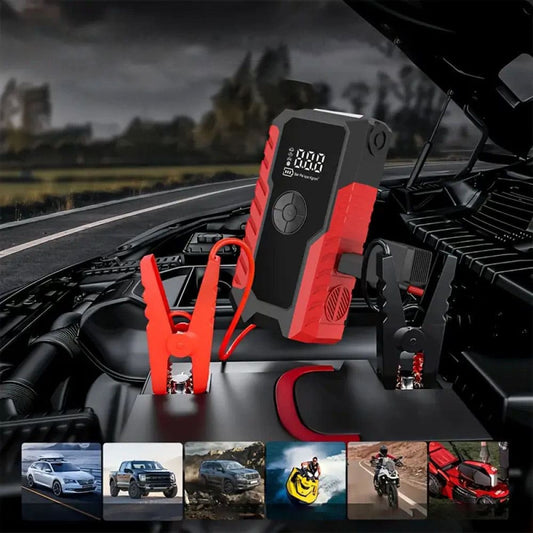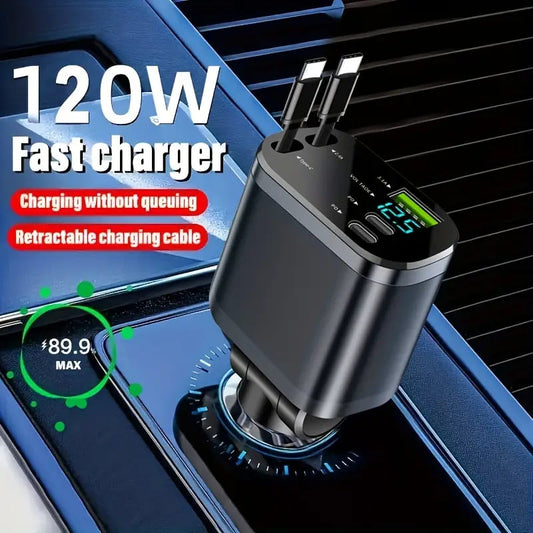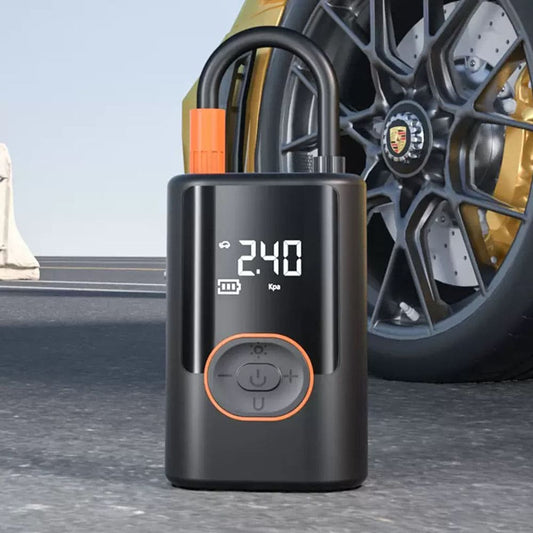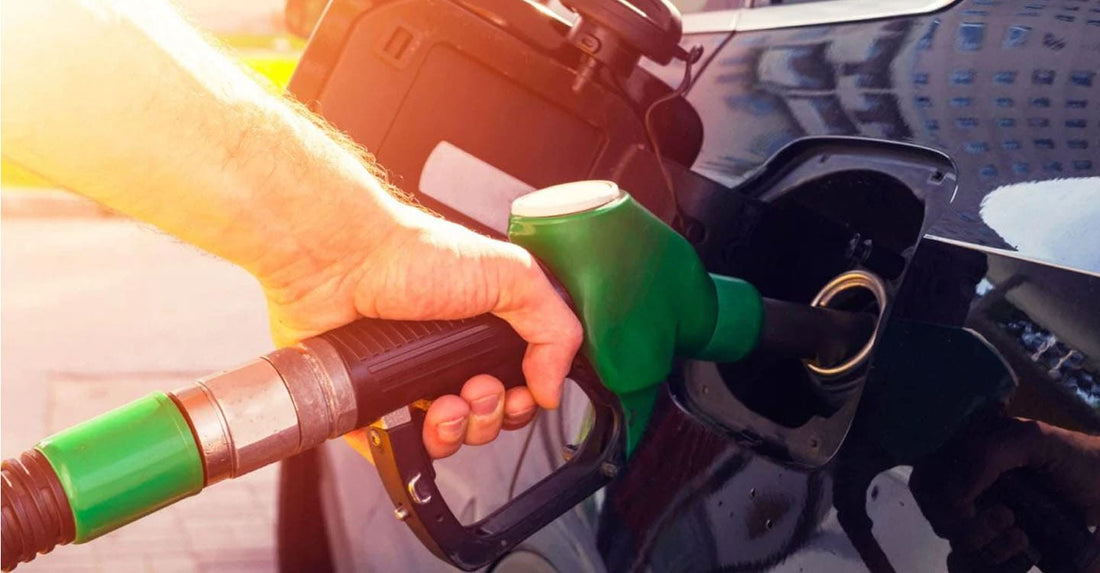
You Put Diesel in a Gas Car? Engine Damage, Solutions & How to Prevent Fuel Mix-Ups
Share
Diesel fuel is specifically designed for diesel engines, while gasoline is made for gasoline engines. But what happens if you accidentally put diesel in your gas-powered car? The results can be costly and disruptive, leading to engine misfires, clogging of fuel lines, and expensive repairs. Understanding the potential consequences and how to prevent it is crucial for every car owner, and at Dynara, we want to help ensure that your vehicle stays in top condition.
Immediate Effects of Diesel in a Gas Engine
Engine Misfires and Stalling
Diesel is much thicker and heavier than gasoline. If you put diesel in your gas tank, the fuel will clog the fuel injectors and spark plugs, resulting in engine misfires. The vehicle may refuse to start, or it could stall in the middle of the road, leaving you stranded. This can lead to costly repairs and inconvenient delays, especially if you have important plans.
Fuel System Blockage
Diesel fuel’s high viscosity can cause it to gum up fuel filters, fuel lines, and the fuel pump. If the engine runs for even a short period with diesel in the tank, the fuel system will get clogged, which can lead to expensive repairs. The clogged system might affect your car’s overall performance, reducing fuel efficiency and requiring extensive service to restore functionality.
Damage to the Catalytic Converter
Unburned diesel can travel into the exhaust system, damaging the catalytic converter. This component helps reduce harmful emissions and is an expensive part to replace. If diesel fuel reaches this part, it can create significant damage, resulting in costly repairs or even complete replacement. With Dynara’s commitment to keeping your car safe and secure, proper fuel management is crucial to preventing such damage.
MORE: Car Warranty Guide: What You Need to Know for Your Vehicle Protection
What to Do If You Put Diesel in a Gas Tank
If you accidentally fill your gas-powered car with diesel, follow these steps immediately to avoid further damage and ensure quick resolution:
Do Not Start the Engine
The most important step is to avoid starting your car. This will prevent the diesel from entering the fuel lines and causing further damage. Even if the engine cranks, it could end up causing long-term issues if the diesel reaches the fuel injectors and spark plugs.
Call a Mechanic Immediately
Contact a professional mechanic or a nearby dealership to get your car towed. It’s essential to have the gas tank drained properly. If you haven't started the engine, the mechanic will simply drain the tank and flush the fuel system. If you've driven the car, the mechanic will likely have to replace or repair damaged parts.
Repair Costs for Running Diesel in a Gas Tank
If you’ve driven with diesel in the tank, here’s a breakdown of the costs for repairs:
Fuel Line Flush: $200
Fuel Injector Replacement: $1,200 or more
Fuel Pump Replacement: $1,200
Spark Plug Replacement: $100
Catalytic Converter Replacement: $1,000+
At Dynara, we understand the importance of preventing these costly mistakes. Always stay vigilant when it comes to car maintenance to avoid such expensive repair bills.
MORE: Ultimate Car Maintenance Guide: Tips, Costs, and Essential Checkups
How to Prevent Putting Diesel in a Gas Car
Prevention is key when it comes to avoiding fuel mix-ups. Here are some simple steps to ensure you never mistakenly put diesel in your gas-powered vehicle:
Look for Green Handles on Diesel Pumps:
Most diesel fuel pumps have green-colored handles as a visual indicator. Be sure to check the handle before inserting it into your vehicle. Green handles signify diesel, while black handles are for gasoline. If you're unsure, take a moment to double-check before fueling.
Larger Diesel Nozzles:
Diesel fuel nozzles are larger in diameter compared to gasoline nozzles. This makes it physically difficult to insert a diesel nozzle into a gasoline tank. If you try to force it, you’ll notice that the nozzle won't fit properly.
Smell Test:
Diesel fuel has a distinctive smell that’s similar to kerosene, while gasoline has a more paint-thinner-like smell. If you notice the difference in smell, you may have accidentally picked up the wrong nozzle. Trust your senses and be cautious!
Be Mindful of Fuel Type:
Always be aware of the pump you’re using. Many gas stations display clear labels indicating whether the pump dispenses gasoline or diesel. Don’t rush when filling your tank, and double-check to ensure you're using the correct pump.
Check for Supplier Contamination:
While rare, fuel contamination can happen at the distributor level. In some cases, gasoline supplied to fuel stations could be contaminated with diesel. If you suspect this, notify the fuel station and your car's manufacturer for advice.
MORE: Tested: The Best Portable Jump Starters of 2025
Conclusion: Preventing and Addressing Diesel in Gas Cars
Accidentally putting diesel into a gas-powered vehicle’s fuel tank can cause serious and expensive damage. Diesel is much thicker and more viscous than gasoline, which can clog fuel lines, damage fuel injectors, and even harm the catalytic converter.
To avoid this issue, always check the pump for the correct fuel type, and be mindful of the larger nozzle and distinct smell of diesel. If you make the mistake of using the wrong fuel, do not start your car. Instead, call for roadside assistance and have your car towed to a repair shop.
With proper prevention, this mistake can be avoided, ensuring your vehicle’s fuel system stays in good working order. Stay vigilant at the pump, and your car will thank you! At Dynara, we offer comprehensive solutions and helpful tips for car maintenance, so you can avoid costly mistakes and keep your vehicle in top shape.

